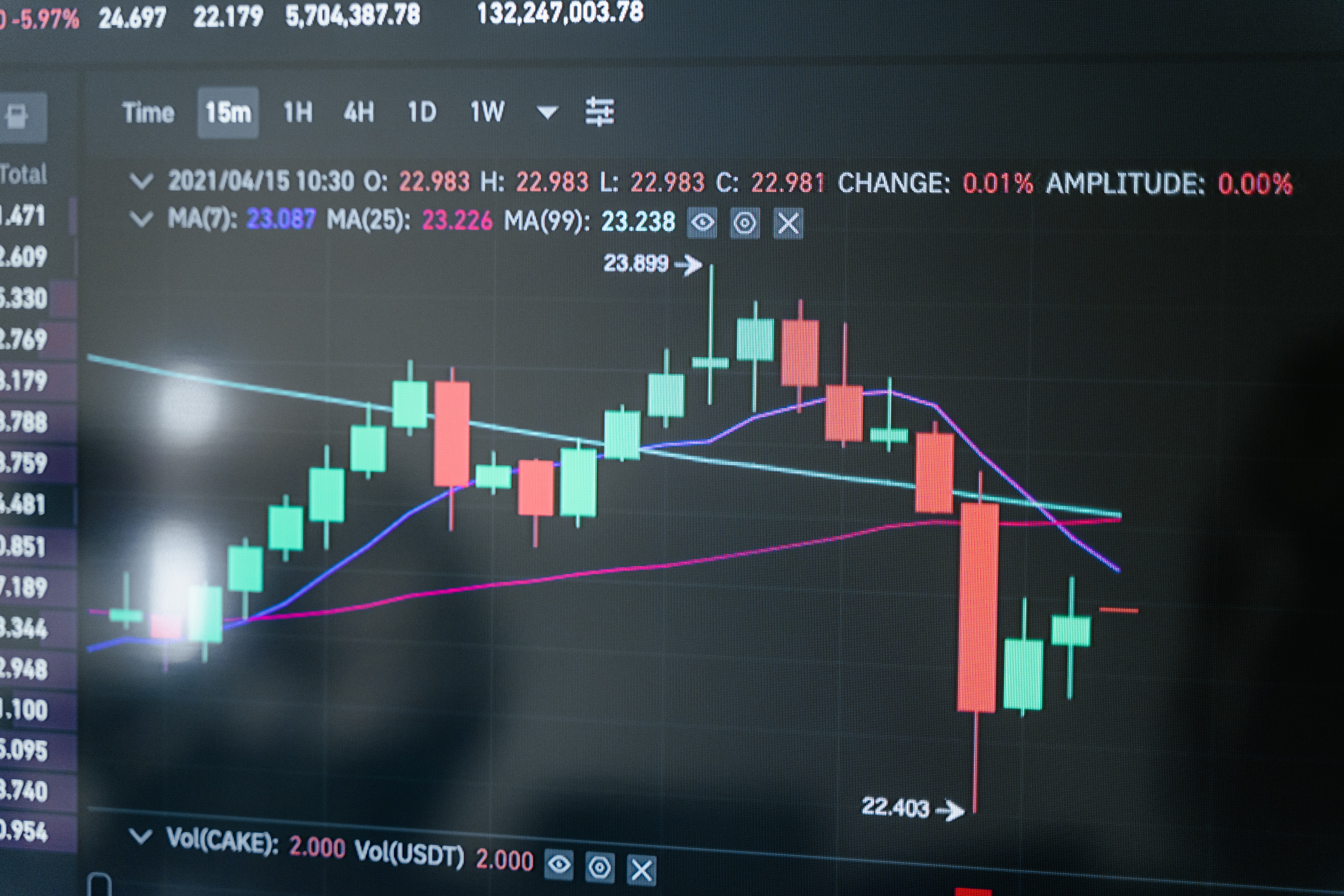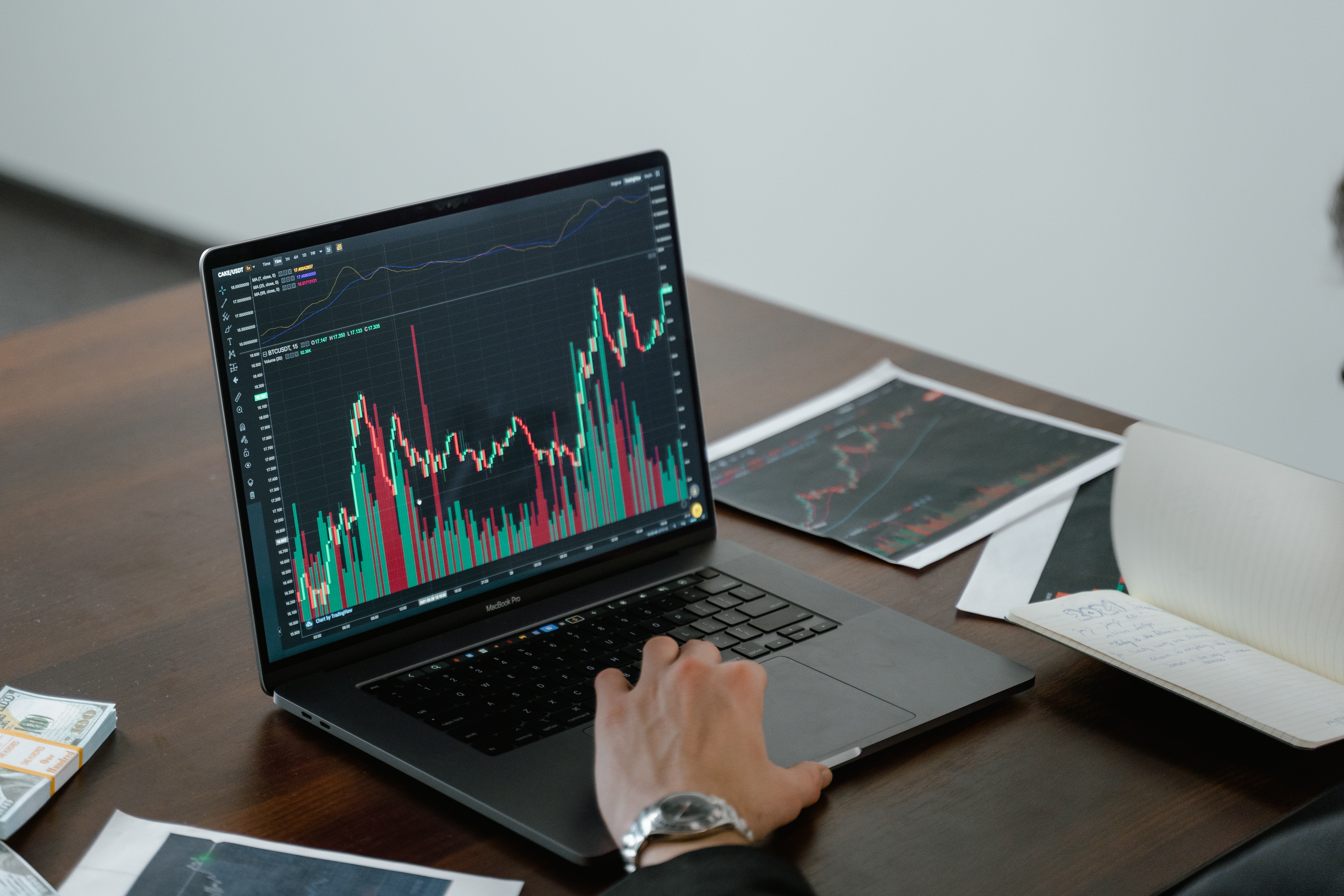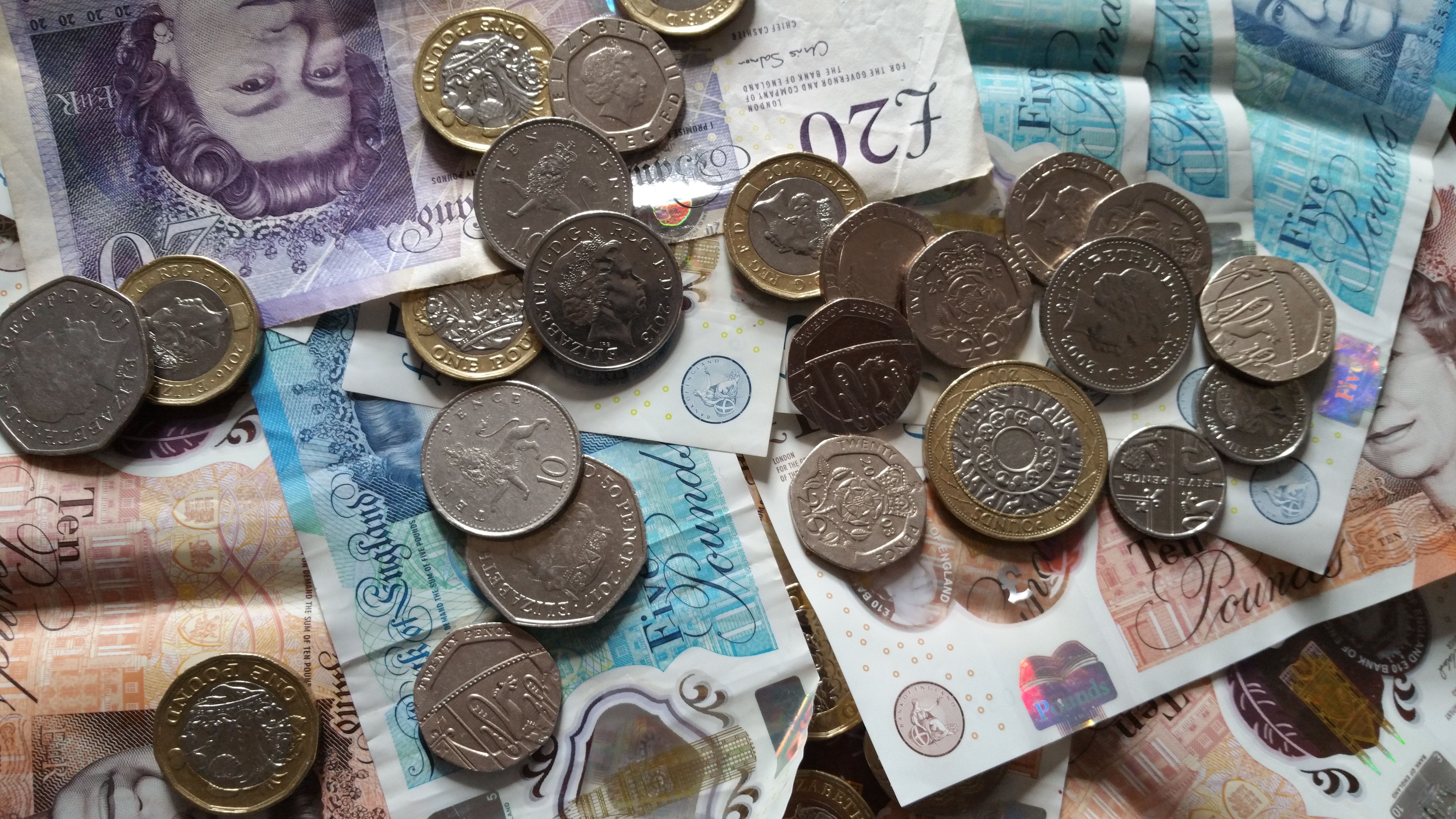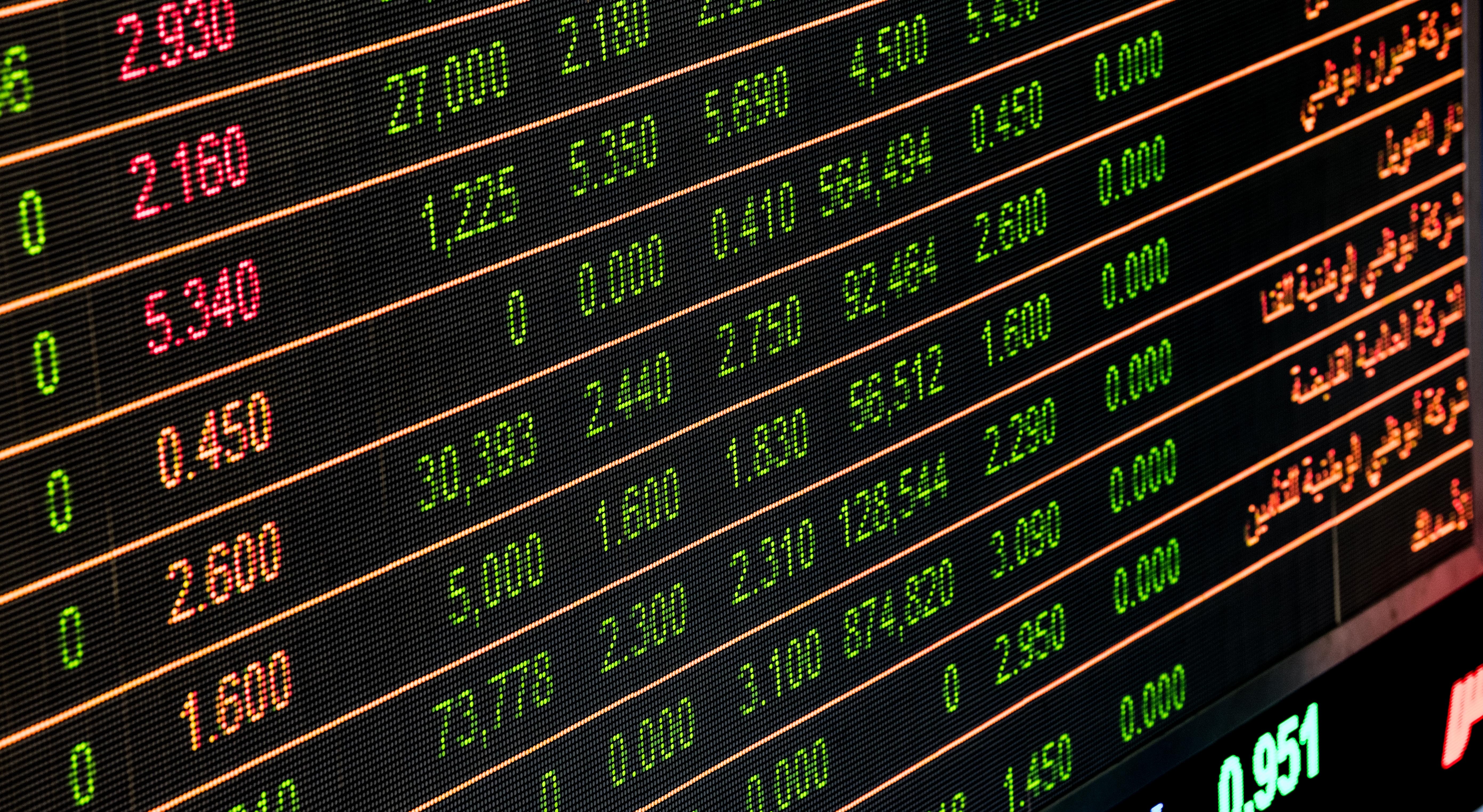The latest tightening of global liquidity has come to an end this week, as central banks continue to curb the rising prices at the risk of triggering an economic recession.
The Federal Reserve took the lead on Wednesday by raising interest rates by another 75 basis points, continuing its most aggressive tightening action since 1981; the Swiss National Bank followed suit the next day with a more aggressive increase of 75 basis points in interest rates, while the Bank of England opted to raise the benchmark interest rate by 50 basis points to 2.25%, marking the seventh consecutive increase.
Central banks in Indonesia, the Philippines, South Africa, and Norway have also followed suit, with unexpected increases in interest rates, further boosting the global shift towards tighter monetary policies.

The commitment of monetary policymakers to do whatever it takes to suppress inflation has sparked growing concerns that their aggressive actions will lead to a global recession.
The US dollar, which usually strengthens during uncertain times, continued its recent uptrend, with the US dollar index breaking through 113 on September 24, continuously setting new highs since 2002.
The strengthening of the US dollar has a knock-on effect. For emerging economies, it exacerbates the burden of dollar-denominated debt and prompts capital outflows. Data from the International Monetary Fund (IMF) shows that about 20 emerging markets are in bad debt transactions. The World Bank states that emerging and developing economies are facing a perfect storm of weak growth, very high interest rates, and a highly challenging external environment.

However, the more direct and short-term impact comes from emerging markets in Asia, where assets are facing three negative factors: a slowdown in global economic growth, the continued strengthening of the US dollar, and the repatriation of portfolio funds to US dollar assets.

01 Central Banks’ Tightening and Retention
Central banks around the world are striving to address a public confidence crisis by competing to raise interest rates to suppress persistently high inflation.
The actions of the Federal Reserve are the most closely watched, with most central banks increasingly following the same or even more aggressive interest rate hikes. On September 21st, local time, the Federal Reserve raised the federal funds rate by 75 basis points to a range of 3.0%-3.25% and significantly increased the expected path of the fund rate for the next few years, with the final rate for 2023 expected to be adjusted to 4.6%.
The Swiss National Bank announced a 75 basis point rate hike on September 22nd, raising the policy rate from -0.25% to 0.5%, ending an eight-year negative interest rate policy and concluding the last experiment of setting negative interest rates in Europe; The Riksbank of Sweden raised its key rate by 100 basis points earlier this week, marking the largest tightening in nearly 30 years, and the central bank also expects further rate hikes in the next six months, with the rate potentially reaching 2.5% next year.
Facing the worst inflation in 40 years, the Bank of England avoided a larger interest rate hike that the market had expected. On September 22, the bank announced a 50 basis point interest rate hike, the seventh since December last year. The benchmark interest rate was raised to 2.25%, the highest level since the international financial crisis in 2008.
The Bank of England’s trade-off between inflation and the economy is particularly evident. Among the nine members of the bank’s Monetary Policy Committee, five voted in favor of raising the interest rate by 50 basis points to 2.25%, three voted for a 25 basis point increase, and one advocated for a 25 basis point increase.
During the same period, the Central Bank of Norway raised its interest rate by 50 basis points, while both the South African Reserve Bank and the Qatar Central Bank chose to raise their interest rates by 75 basis points.

Emerging markets in Asia are particularly sensitive to the tightening of the Federal Reserve, and the financial markets in the region continue to be affected by the strong dollar. On the day following the Fed’s rate hike, the central banks of the Philippines, Vietnam, and Indonesia each raised interest rates by 50, 100, and 50 basis points, respectively.
Even Asian emerging economies that have not yet adjusted interest rates have taken other measures to alleviate ongoing inflation and dollar pressure.
For example, the Bank of Japan, which has maintained a constant yield curve, stated on September 22 that it would continue its ultra-loose monetary policy. The central bank has long argued that the fundamental demand of the Japanese economy remains weak and that its monetary policy is not aimed at the exchange rate.

However, under the backdrop of the Japanese yen’s exchange rate hitting a 24-year low, the Japanese Ministry of Finance announced the same day to intervene in the foreign exchange market, that is, to buy yen and sell US dollars, in order to prevent the yen from further devaluation. This is the first time the Japanese government has intervened in the foreign exchange market since June 1998.
The above central bank’s pace indicates that the Federal Reserve still dominates the financial market this week. Ellen Gaske, Chief Economist of G10 Economies at PGIM Fixed Income, and Robert Tipp, Global Head of Bond Investment Strategy, said that considering the hawkish outcome, the market reaction can be anticipated: short-term interest rates rise, stock prices fall, and credit spreads widen. However, the Federal Reserve may be approaching the end of the interest rate hike cycle, and long-term interest rates may also be close to the peak of this cycle.

The two stated that the Federal Reserve sent a clear message at the meeting that interest rates will rise in the long term. However, in the absence of relief from inflation in the latest CPI report, the Federal Reserve has also advanced its overall tightening policy, expecting to raise interest rates by an additional 125 basis points in the remaining two meetings of the year. “This is a more hawkish move than expected, which will bring interest rates to 4.4% by the end of 2022.” It added that the outlook for risk appetite can only be described as either half empty or half full, depending on how inflation develops.
Ellen Gaske and Robert Tipp believe that the lagging effect of the Federal Reserve’s monetary policy tightening at a rate of 75 basis points is taking shape, which may lead to an over-contraction. Given the Federal Reserve’s more aggressive stance, the risk of a recession may have increased, and if inflation does not show more clear signs of slowing down in the next few months, the Federal Reserve may further tighten, thereby increasing the risk of a recession.
Goldman Sachs has now lowered its year-end forecast for the S&P 500 index to 3,600 points; the Citi team stated that the Federal Reserve has almost committed the United States to a recession.

The Chief Economist of Bank of China (Hong Kong), O Zhihuan, stated that the Federal Reserve can still raise interest rates by a total of 125 basis points in the remaining two meetings this year. As the Federal Reserve continues to raise interest rates, the short-term U.S. Treasury bond yields, which are the most sensitive to policy rate changes, will rise. In contrast, the long-term U.S. Treasury bond yields, which reflect economic prospects, may decline due to expectations of a recession.
In the view of Zhao Yaoting, the Global Market Strategist for Invesco Asia Pacific (excluding Japan), it is unlikely that U.S. Treasury bond yields will remain at a lower trading range level, and the 10-year U.S. Treasury bond yield is expected to approach 5%. Zhao Yaoting pointed out that before the global financial crisis in 2008, the 10-year U.S. Treasury bond yield had been maintained at 5.1% for 15 consecutive years, while the average CPI (Consumer Price Index) was about 2.7%.

02 Overweight Asian stocks and high-quality government bonds
Concerns about economic recession and the persistently strong Federal Reserve continue to push the US dollar to strengthen against its peers. So far this year, the US dollar index has risen by more than 14%.
The US dollar is expected to remain strong in the near term but may have peaked recently. If international commodity prices fall, it could become a turning point for the decline in US inflation, which would lead the Federal Reserve to slow down the pace of interest rate hikes in the future, limiting the further rise of the US dollar.
Some changes have occurred in the current trend, but overall, even with higher inflation, the US economy has performed relatively well, and it is expected to perform well in the next quarter as well, there is still room for the US dollar to rise.
The strengthening of the US dollar has intensified market concerns about the economic slowdown in some developing economies, which may struggle to repay US dollar-denominated debts, thereby posing a threat to a balance of payments crisis.
However, financial assets have a more direct and short-term impact. Under a strong US dollar, global capital continues to flow towards the US dollar. A prolonged large-scale capital outflow has led to the depreciation of the currencies of most Asian emerging countries.
So far this year, the Japanese yen has depreciated by 20% against the US dollar، مع وصول سعر الصرف الفعلي الحقيقي إلى أدنى مستوى له منذ عام 1970؛ اخترق الوون الكوري الجنوبي العتبة النفسية البالغة 1400 وون مقابل الدولار الأمريكي للمرة الأولى منذ عام 2009 يوم الخميسوانخفضت قيمة الين بأكثر من 151 تريليون يوان منذ بداية هذا العام، ليصبح بذلك العملة الناشئة الآسيوية الأسوأ أداءً خلال نفس الفترة؛ انخفض الرنمينبي الخارجي الآن إلى أدنى مستوى له منذ عام 2020؛ وانخفض البات التايلاندي بمقدار 0.61 تريليون دولار، ليصل إلى أدنى مستوى له في 16 عامًا.

وتشهد العملات الآسيوية ضعفا على نطاق أوسع، حيث انخفض مؤشر MSCI للعملات في الأسواق الناشئة بنحو 7.51 تريليون ين حتى الآن هذا العام، وهو ما من المتوقع أن يكون أكبر انخفاض منذ عام 2008.
في سبتمبر 2022، شهدت الدول الآسيوية الناشئة باستثناء الصين تدفقات خارجة تراكمية بلغت حوالي $64 مليار دولار أمريكي من أسواق أسهمها، وهو أعلى من تدفقات رأس المال السنوية في عام 2021. وحتى 16 سبتمبر، كان رأس المال الأجنبي يتدفق باستمرار خارج أسواق الأسهم الآسيوية الناشئة باستثناء الصين لمدة شهر، بإجمالي تدفقات رأس مال خارجة بلغت $4.23 مليار دولار أمريكي خلال نفس الفترة.
وعلى الرغم من تحسن احتياطيات النقد الأجنبي والسياسات الرامية إلى التعامل مع تشديد بنك الاحتياطي الفيدرالي الأميركي لسياساته تجاه الدول الناشئة الآسيوية مقارنة بالماضي، فإن إجمالي تدفقات رأس المال الخارجة من الاقتصادات الناشئة الآسيوية الكبرى في الربع الثاني من عام 2022 لا يزال يتجاوز العديد من الأزمات الكبرى التي حدثت منذ عام 2007.

إن الاختلافات في السياسة النقدية بين الصين والولايات المتحدة لا تنعكس في الاتجاه فحسب، بل إنها تتعمق أيضاً في الدرجة. وفي الوقت الحالي، هناك تأثير معين على سوق رأس المال المحلية، ولكن تدفق رأس المال الأجنبي في أسواق الأسهم والسندات الصينية يعتمد بشكل أكبر على حكم المستثمرين الأجانب على الأساسيات الاقتصادية الصينية ومخاطر السوق المالية.
وفي نموذج توزيع الأصول الذي تتبعه شركة إنفيسكو، تتمتع المؤسسة بوزن زائد في السندات الحكومية، بما في ذلك تلك الموجودة في أوروبا والولايات المتحدة، وأسهم الأسواق الناشئة، وخاصة الأسهم الصينية؛ ووزن أقل نسبيا في السلع الأساسية والسندات ذات العائد المرتفع.
ومن بين عملات الاقتصادات الآسيوية، تتمتع إنفيسكو بنظرة متفائلة نسبيا بشأن شمال آسيا. ففي الأمد البعيد، تتمتع عملات البر الرئيسي للصين وكوريا الجنوبية واليابان بإمكانية الارتفاع. وفي الوقت الحالي، وصلت صناعة أشباه الموصلات إلى أدنى مستوياتها تقريبا، ومع تعافي سلسلة التوريد، سوف تستفيد عملات هذه الاقتصادات أيضا.

إن التقييم الحالي لسوق الأسهم الصينية من الفئة أ جذاب بشكل كبير، لكنه يحتاج إلى مراقبة طويلة الأجل لمعرفة ما إذا كان الانتعاش يمكن أن يستمر. ومن منظور الصناعة، فإن إنفيسكو أكثر تفاؤلاً بشأن الصناعات التي تدعمها الحكومة، وخاصة الطاقة المتجددة وطاقة الرياح والطاقة الشمسية والمركبات الكهربائية والتصنيع عالي التقنية.
لقد اتبع البنك المركزي الأوروبي وبنك إنجلترا وبنك كندا والبنوك المركزية الكبرى الأخرى سياسة بنك الاحتياطي الفيدرالي في رفع أسعار الفائدة، الأمر الذي فرض ضغوطاً كبيرة على الأسهم العالمية في الأمد القريب. وتعتمد مدة الانحدار بشكل أساسي على وتيرة رفع بنك الاحتياطي الفيدرالي لأسعار الفائدة.
في ظل بيئة التباطؤ الاقتصادي، من المرجح أن يستمر تحول الصناعات الدفاعية والأسهم الدفاعية. بالإضافة إلى ذلك، من المرجح جدًا أن تكون مدة التباطؤ المستمر في الاقتصاد الأمريكي قصيرة نسبيًا، وسيكون هناك انتعاش قوي في النصف الثاني من عام 2023. في ذلك الوقت، من المتوقع أن تحقق أسهم التكنولوجيا أداءً جيدًا.

وتعتقد شركة بيمكو أن المستثمرين يجب أن يبدأوا في اتباع نهج أكثر استباقية في التعامل مع الفرص المتاحة في الأسواق العامة، بل وربما يفكرون في تحويل بعض الأصول من استراتيجيات الأسهم الخاصة إلى مناطق متأخرة ومتأخرة بشكل كبير. ومع ذلك، يجب على المستثمرين أيضًا الاستعداد للفرص المتوسطة والطويلة الأجل والاستفادة الكاملة من الفرص المتاحة في حالة عدم التوافق الائتماني للشركات. كما تفضل المؤسسة الائتمان الصيني عالي الجودة مع الميزانية العمومية القوية ومرونة نموذج الأعمال القوي.
ملاحظة: المحتوى والآراء المذكورة أعلاه هي للإشارة فقط ولا تمثل أي موقف لشركتنا، ولا تشكل نصيحة استثمارية. يرجى التعامل معها بحذر.












